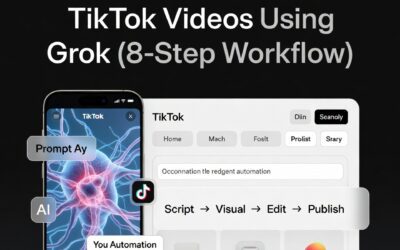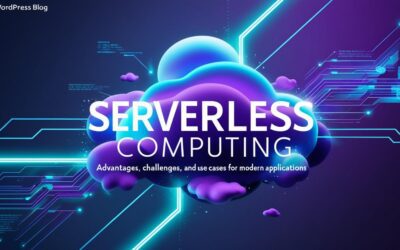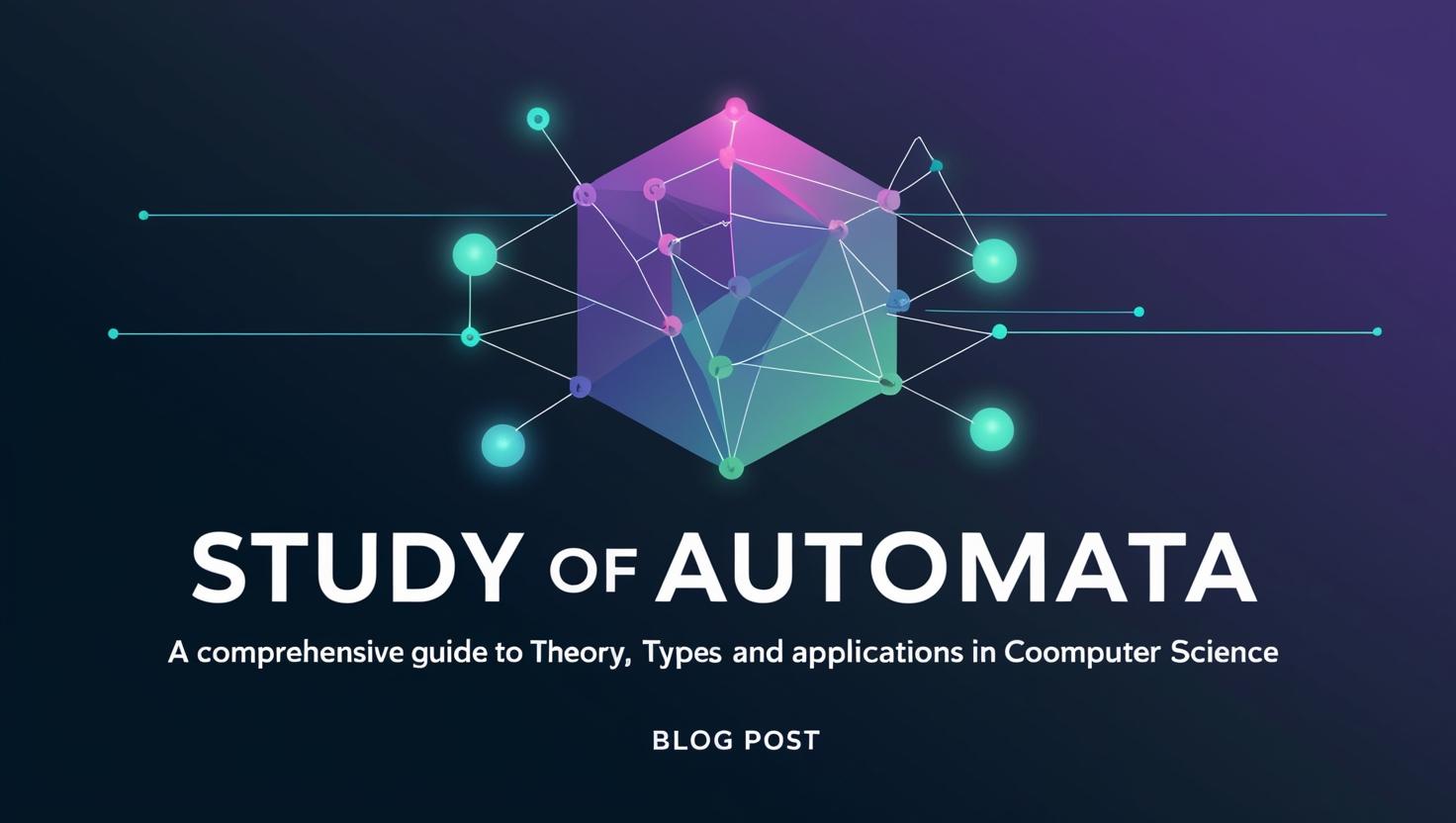Study of Automata: A Comprehensive Guide to Theory, Types, and Applications in Computer Science
Automata theory is a foundational pillar of computer science, offering a mathematical framework for understanding computation and formal languages. From designing compilers to enabling artificial intelligence, the study of automata has far-reaching implications in modern technology. In this comprehensive guide, we’ll explore the fundamentals of automata theory, its types, applications, and its role in shaping the future of computing.
What is Automata Theory?
Automata theory is a branch of theoretical computer science that deals with the study of abstract machines, or “automata,” and the computational problems they can solve. These machines are mathematical models used to understand the limits of computation and the nature of formal languages.
At its core, automata theory seeks to answer fundamental questions such as:
- What problems can be solved by machines?
- How efficiently can these problems be solved?
- What are the limitations of computational models?
The study of automata is essential for computer scientists, as it provides the theoretical underpinnings for designing algorithms, compilers, and even artificial intelligence systems.
Types of Automata
Automata can be classified into several types based on their computational power and structure. Let’s explore the most important ones:
1. Finite Automata (FA)
Finite automata are the simplest type of automata, used to recognize patterns within input strings. They operate with a finite set of states and are widely used in text processing and lexical analysis.
Deterministic Finite Automaton (DFA)
A DFA is a finite automaton where each input symbol determines the next state uniquely. It has no ambiguity in its transitions, making it efficient for pattern recognition tasks.
Example: A DFA can be used to check if a binary number is divisible by 3.
Non-Deterministic Finite Automaton (NFA)
An NFA allows multiple possible transitions for a given input symbol. Despite this flexibility, NFAs are computationally equivalent to DFAs, as any NFA can be converted into a DFA.
Example: NFAs are often used in regular expression matching.
2. Pushdown Automata (PDA)
Pushdown automata are an extension of finite automata that include a stack-based memory. This additional memory allows PDAs to recognize context-free languages, which are more complex than regular languages.
Example: PDAs are used in parsing syntax trees for programming languages.
3. Turing Machines (TM)
Turing machines are the most powerful automata, capable of simulating any algorithmic process. They consist of an infinite tape, a read/write head, and a set of states. Turing machines are central to the concept of computation and decidability.
Example: Turing machines can solve problems like addition, multiplication, and even complex algorithms like sorting.
Formal Languages and Automata
Automata theory is deeply intertwined with the study of formal languages. A formal language is a set of strings defined over an alphabet, and automata are used to recognize or generate these languages.
Chomsky Hierarchy
The Chomsky hierarchy classifies formal languages into four levels based on their complexity:
- Regular Languages: Recognized by finite automata (DFA/NFA).
- Context-Free Languages: Recognized by pushdown automata.
- Context-Sensitive Languages: Recognized by linear-bounded automata.
- Recursively Enumerable Languages: Recognized by Turing machines.
Role in Compiler Design
Automata play a crucial role in compiler design, particularly in the lexical analysis and parsing phases. Finite automata are used to tokenize source code, while pushdown automata help in parsing the syntax of programming languages.
Real-World Applications of Automata Theory
Automata theory is not just an abstract concept; it has practical applications in various fields:
1. Pattern Recognition
Finite automata are widely used in pattern recognition tasks, such as searching for specific strings in text or DNA sequences.
Example: Regular expressions, which are based on finite automata, are used in search engines and text editors.
2. Compiler Construction
Automata are essential in building compilers. They help in breaking down source code into tokens (lexical analysis) and ensuring the syntax is correct (parsing).
Example: Tools like Lex and Yacc use automata theory to generate lexical analyzers and parsers.
3. Artificial Intelligence
Automata theory provides the foundation for many AI algorithms, particularly in natural language processing (NLP) and machine learning.
Example: Finite state machines are used in chatbots to model conversation flows.
Conclusion
The study of automata is a fascinating and essential area of computer science that bridges theory and practice. From finite automata to Turing machines, these abstract models have revolutionized our understanding of computation and formal languages. Their applications in pattern recognition, compiler design, and artificial intelligence highlight their relevance in modern computing.
As technology continues to evolve, automata theory will remain a critical tool for solving complex problems and pushing the boundaries of what machines can achieve. Whether you’re a student, researcher, or industry professional, understanding automata theory is key to unlocking the full potential of computer science.














